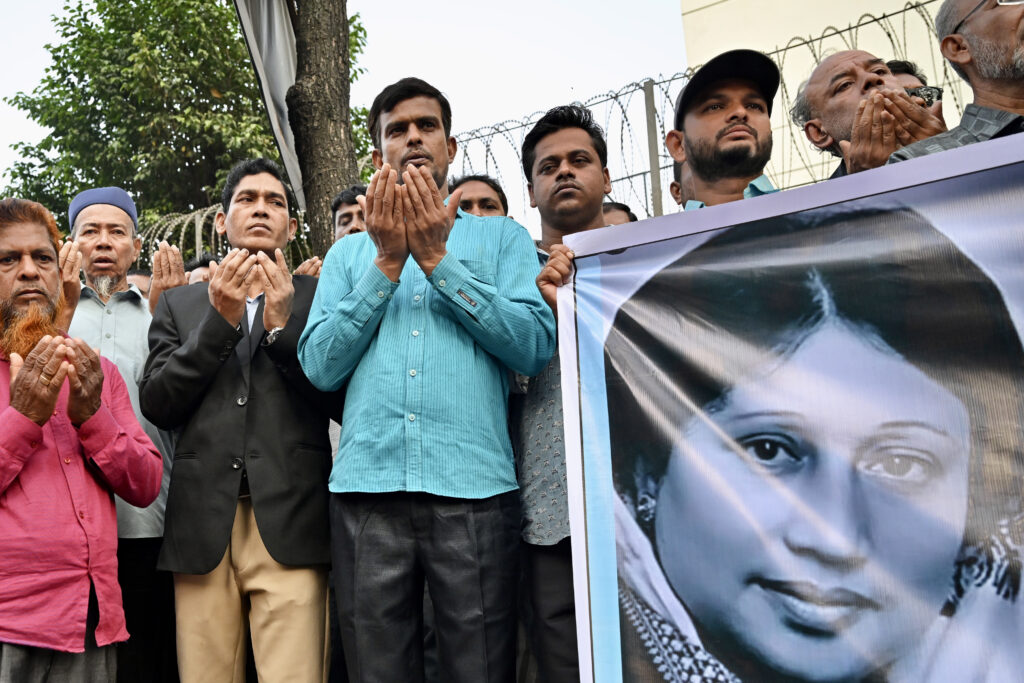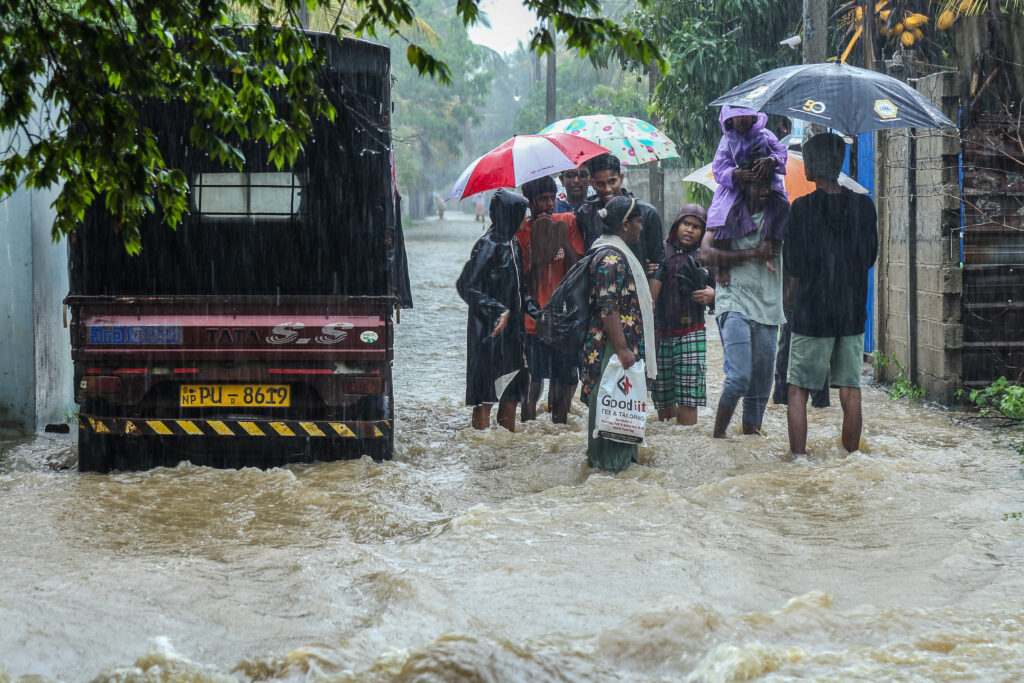Sri Lanka declares emergency as toll from floods, mudslides hits 153
Sri Lanka declared a state of emergency on Saturday and appealed for international assistance as the death toll from floods and mudslides triggered by Cyclone Ditwah rose to 153, with another 191 people missing.The extreme weather system has destroyed more than 20,000 homes, sending 108,000 people to state-run temporary shelters, the Disaster Management Centre (DMC) reported.A further 798,000 people required assistance after being temporarily displaced by the floods, DMC spokesman Pradeep Kodippili said.President Anura Kumara Dissanayake invoked emergency powers, granting him sweeping authority to manage the aftermath of the devastation caused by a week of torrential rain across the island.Kodippili confirmed that 153 people had been killed.Among them were 11 residents of an elder care home that was flooded in the north-central district of Kurunegala on Saturday afternoon, police said.Troops from the army, navy, and air force have been deployed alongside civilian workers and volunteers to assist with the relief effort.The military rescued 69 bus passengers on Saturday, including a German tourist, who had been stranded in the Anuradhapura district after a 24-hour operation.One of the passengers, speaking from the hospital, described how navy sailors helped them climb onto the roof of a nearby house after using ropes to guide them safely through the floodwaters.”We were very lucky… while we were on the roof, part of it collapsed… three women fell into the water, but they were helped back onto the roof,” said W. M. Shantha.A helicopter had to abort an initial rescue attempt because the downdraft from its rotors threatened to blow away the roof they were perched on. They were later rescued by naval boats.Roads in the central district of Badulla remained inaccessible, leaving many villages cut off and relief supplies unable to get through.”We lost two people in our village… others are sheltering in a temple and a house that is still standing,” said Saman Kumara from the Badulla village of Maspanna, one of the worst-hit districts.”We can’t leave the village, and no one can come in because all roads are blocked by landslides. There is no food, and we are running out of clean water,” he told News Center website by telephone.- No clean water -Officials said about a third of the country was without electricity or running water because power lines had collapsed and water purification facilities were inundated. Internet connections were also disrupted.Cyclone Ditwah moved away from the island on Saturday and was heading towards neighbouring India.India’s Chennai Airport cancelled 54 flights due to the cyclone’s approach, with the weather department forecasting extremely heavy rainfall and strong winds over the next 48 hours.The Sri Lankan government has issued an appeal for international aid and urged Sri Lankans abroad to make cash donations to support affected communities.India was the first to respond, sending two plane loads of relief supplies and two transport helicopters, along with a rescue crew of 22. An Indian warship, which was already in Colombo on a previously planned goodwill visit, donated its rations to assist the victims.Indian Prime Minister Narendra Modi expressed his condolences over the loss of lives in Sri Lanka and said New Delhi was prepared to send more aid.Flooding in low-lying areas worsened on Saturday, prompting authorities to issue evacuation orders for residents living along the banks of the Kelani River, which flows into the Indian Ocean from Colombo.While rain had eased in most parts of the country, including the capital, the island’s north was still experiencing showers.The cyclone has become Sri Lanka’s deadliest natural disaster since 2017, when flooding and landslides claimed more than 200 lives and displaced hundreds of thousands of people. The worst flooding since the turn of the century occurred in June 2003, when 254 people were killed.






